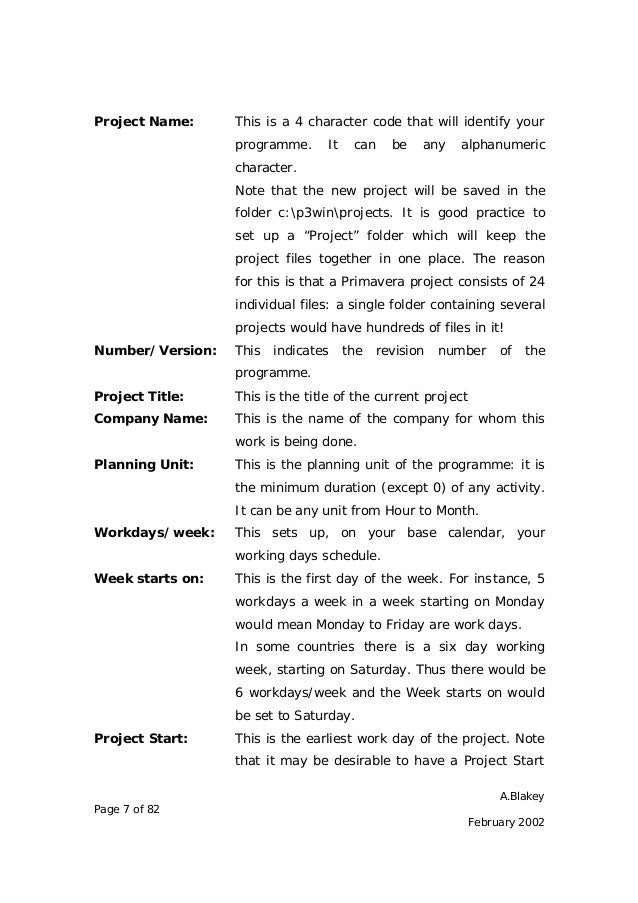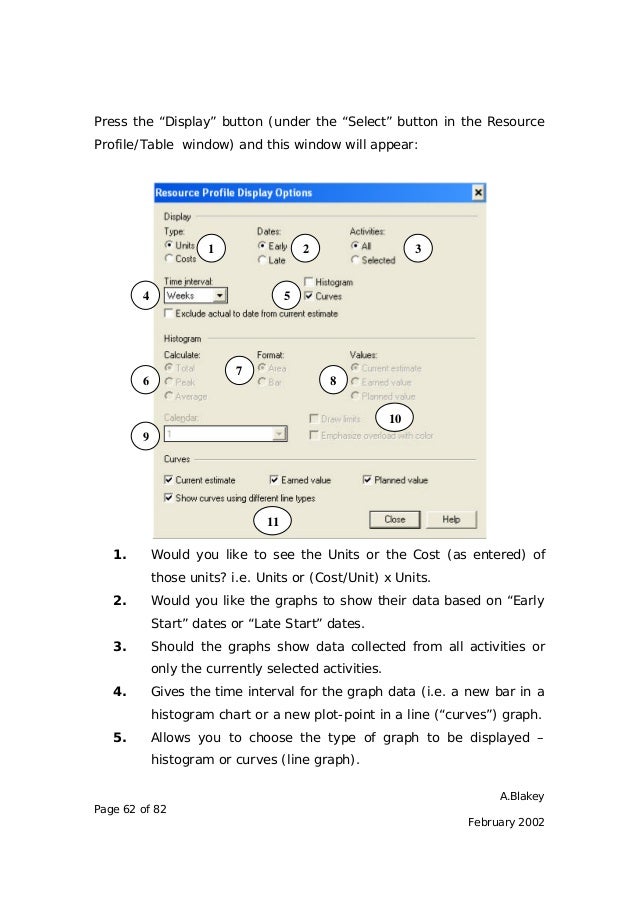

We have provided a resource file for download called 'office building addition example'.

In the final part of the course, we'll quickly show you how to export and import in P6. Now that you have set up your calendars and created your WBS, you will learn how to add activities to your selected WBS element, including adding schedule logic in P6. We then investigate how to select the WBS screen, add WBS elements, indent WBS elements and so on. We'll help you understand WBS and the concept of ‘parent’ and ‘child’ in WBS elements. WBS is a hierarchical structure that allows you to construct multiple layouts for various phases of your project. It's typically a scheduling best practice to build a ‘work breakdown structure’ (WBS) when creating a project in Primavera P6.

The next part of the course will teach you to add holidays to your calendar and modify your working and non-working hours. It is important to set up calendars precisely to assign suitable activities correctly.

We'll then guide you through creating a new project in P6, selecting a new EPS node for your unique project and selecting a start date. We'll explore the Primavera P6 enterprise structure hierarchy and how to create, name and organise new Enterprise Project Structure (EPS) nodes. It extends from the top levels of management to the lowest levels of project participants. It is a tool that works with an enterprise structure. This course will introduce you to Primavera P6 and teach you the overall navigation and structure of the P6 workspace and menus. It is standard software designed for managing a variety of projects in industries such as construction, manufacturing, oil and gas, energy and even information technology. Are you a project manager, project scheduler or engineer looking for a powerful tool for your project management? Primavera P6 is one of the most influential and well-known software applications used for planning, managing and executing any project work.


 0 kommentar(er)
0 kommentar(er)
